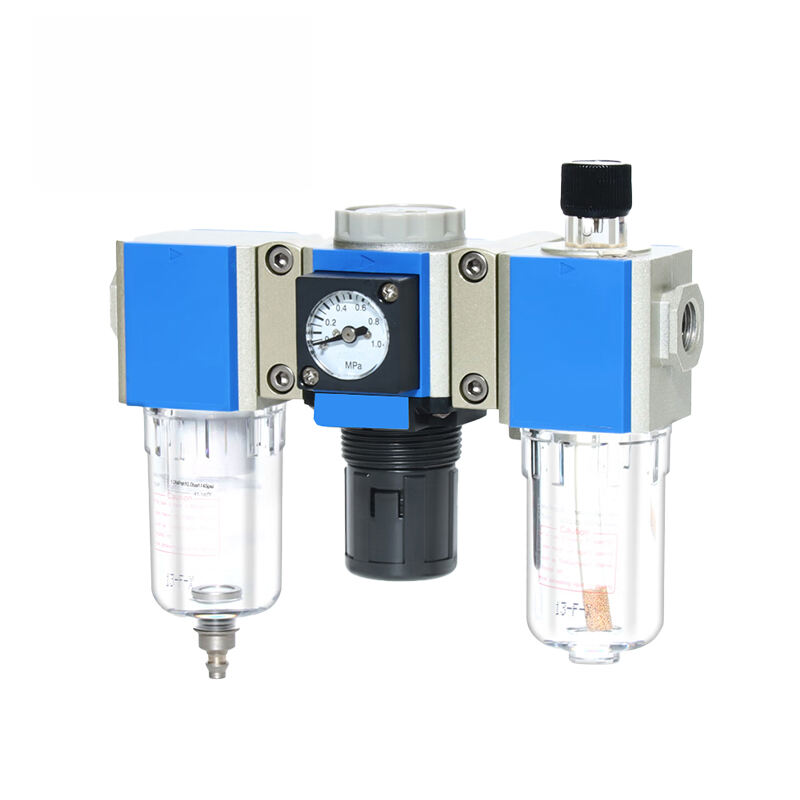пневматични фитинги 1 4
Пневматичните фитинги с размер 1/4 инча са основни компоненти в системите за компресиран въздух, проектирани да осигурят сигурни и надеждни връзки между пневматични тръби, маркучи и различни пневматични устройства. Тези прецизно проектирани фитинги се произвеждат по точни спецификации, обикновено с конструкция от месинг, неръждаема стомана или композитни материали, осигурявайки издръжливост и устойчивост на корозия. Размерът 1/4 инча се отнася до стандартния външен диаметър на тръбата, за който тези фитинги са проектирани да се адаптират, което ги прави широко съвместими с общи компоненти на пневматични системи. Тези фитинги включват напреднала технология за уплътняване, обикновено с O-пръстен или подобен механизъм за уплътняване, за да се предотврати изтичането на въздух и да се поддържа целостта на налягането в системата. Дизайнът им за бързо свързване или бързо освобождаване позволява инсталация и демонтаж без инструменти, значително намалявайки времето и усилията за поддръжка. Фитингите са проектирани да издържат на приложения с високо налягане, обикновено оценени за работни налягания до 150 PSI или повече, в зависимост от конкретния модел и спецификациите на производителя. Те играят решаваща роля в различни индустриални приложения, от автоматизация на производството до операции с пневматични инструменти, осигурявайки основни връзки, които гарантират гладка и ефективна работа на системата.








